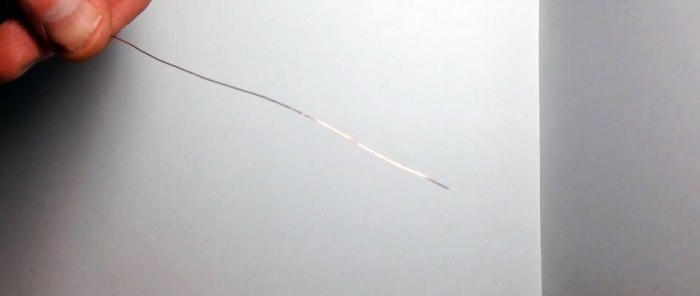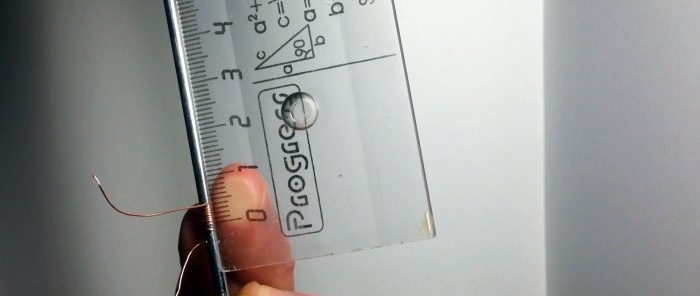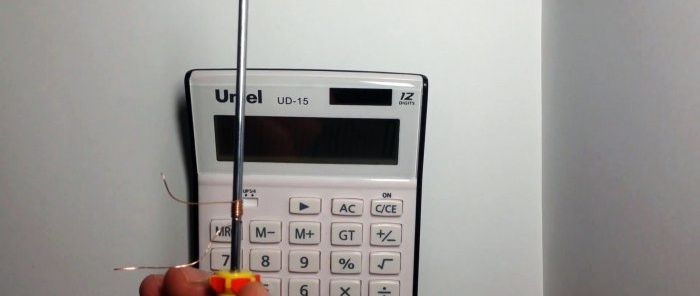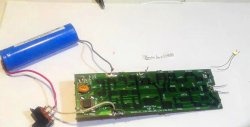How to accurately determine the diameter of a thin wire or fishing line without a micrometer
When purchasing an electrical wire, it may turn out that its actual core cross-section is less than the declared one. This must be determined in advance before electrical installation, since such a core will not reach the required rated current. This is easy to do when you have a micrometer at hand, but what to do when you don’t have one?
If you are checking a wire, you need to strip its core of insulation.
Next, it, wire or fishing line is wound around any thin rod. The winding is carried out tightly turn to turn without gaps. You need to make 10-20 revolutions.
To determine the diameter, you need to measure the width of the winding with a ruler. The resulting value in millimeters is divided by the number of revolutions made. In the example, 10 turns are 4 mm wide. Thus, the wire diameter is 0.4 mm.
Knowing the diameter, you can calculate the cross section using the formula for the area of a circle:

Since the radius is half the diameter, in this case it is 0.2 mm.Using the above formula, you can calculate the actual cross-section of the wire; it is 0.1256 sq. mm.
What you will need:
- mounting knife;
- screwdriver, nail or pencil;
- ruler.
The process of measuring diameter and calculating cross-section
If you are checking a wire, you need to strip its core of insulation.
Next, it, wire or fishing line is wound around any thin rod. The winding is carried out tightly turn to turn without gaps. You need to make 10-20 revolutions.
To determine the diameter, you need to measure the width of the winding with a ruler. The resulting value in millimeters is divided by the number of revolutions made. In the example, 10 turns are 4 mm wide. Thus, the wire diameter is 0.4 mm.
Knowing the diameter, you can calculate the cross section using the formula for the area of a circle:

Since the radius is half the diameter, in this case it is 0.2 mm.Using the above formula, you can calculate the actual cross-section of the wire; it is 0.1256 sq. mm.
Watch the video
Similar master classes

Making springs with your own hands
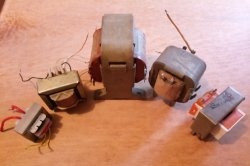
Determination of the characteristics of a power transformer without markings
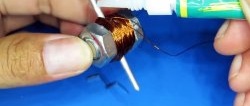
How to make a high-speed engine from a bolt and nut
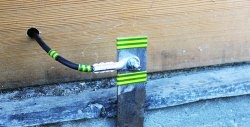
“Zero” and “ground”: what is the fundamental difference?

How to fix a thin drill in a chuck
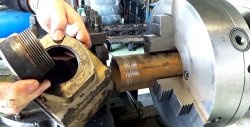
How to reduce the diameter of a steel pipe by friction
Particularly interesting
Comments (0)

